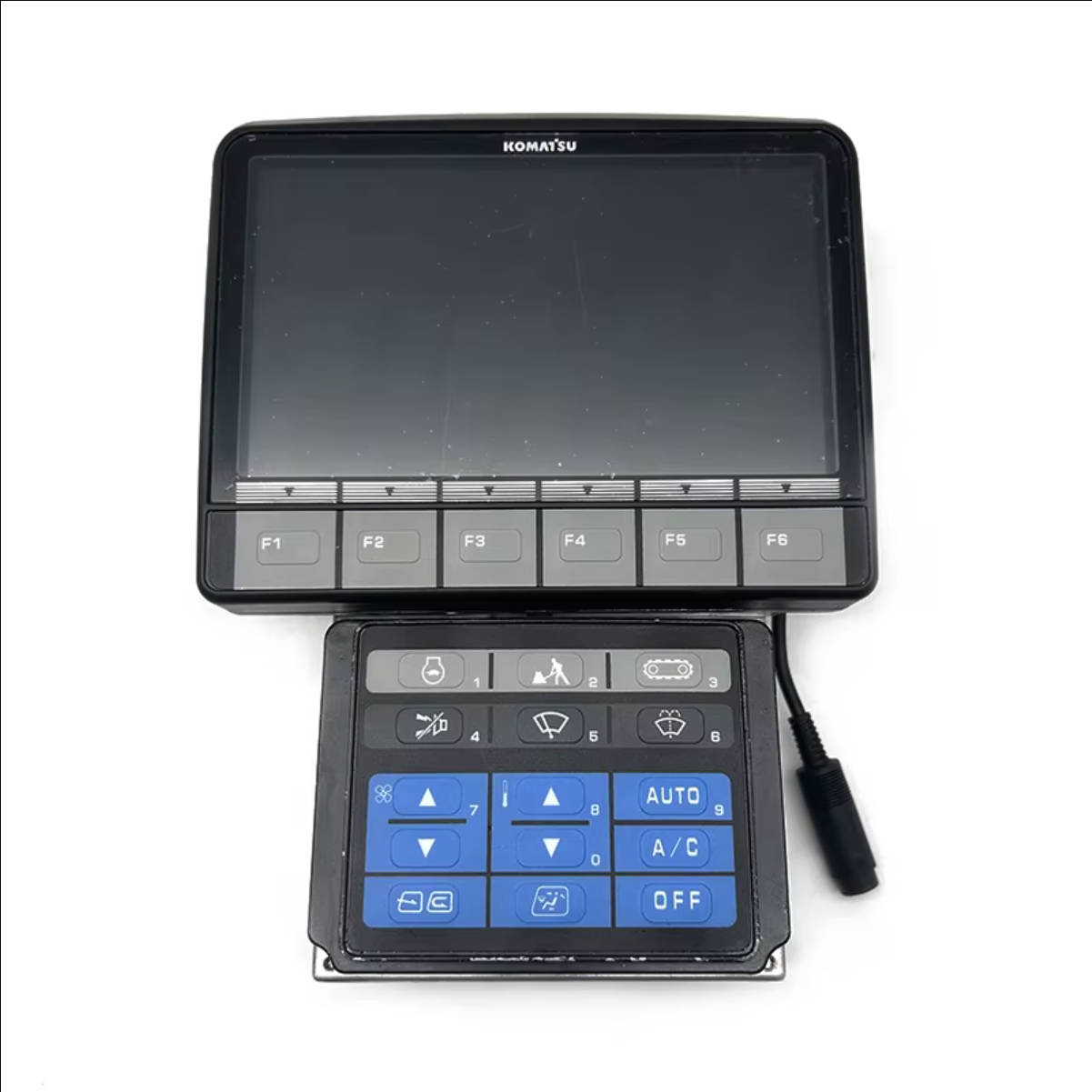Monday to Friday 9:00 - 17:00 (Beijing Time)

As a maintenance technician or equipment manager in the mining industry, you’ve undoubtedly faced the task of purchasing and replacing displays.
When the monitor in the control room or operator cabin goes black, shows distorted lines, or the touch function fails, what’s your first reaction? Most likely, it’s to immediately look up the equipment model and then go online or contact a supplier to order an “exact same” replacement.
The part arrives. You unpack the new monitor, install it eagerly, ready to solve the problem. But the next moment, you might encounter the most frustrating situation: the screen lights up, but shows garbled characters, the touchscreen doesn’t respond, or it simply displays a “Communication Error” message.
You wonder: “I bought the exact same model. Why doesn’t it work? Is it faulty?”
Before you rush to return it or question your sanity, understand this: the root cause likely isn’t the monitor itself, but the fact that it lacks its “soul” – the correct program matched to your specific machinery.
Why Does a Monitor Need a “Program”?
Think of an industrial display (especially those used in heavy machinery like mining equipment) as a specialized computer. It doesn’t just show images; it must “communicate” with the host controller (PLC, ECU, etc.), receiving data and sending commands.
Hardware is the body, software is the soul. A blank monitor is like a computer without an operating system and drivers – it doesn’t know what to display or how to talk to the complex machinery behind it.
‘Universal’ does not mean ‘Compatible’. Even the same monitor model can be used on different machine models, different model years, or equipment with different configurations. These differences require specific internal programs for adaptation.
What Happens If the Program Doesn’t Match?
Incorrect Display: Parameters like RPM, temperature, or pressure show as garbled code or don’t appear at all.
Touchscreen Failure: Your touch inputs aren’t recognized or responded to correctly.
Missing Functions: Certain specific menus or function buttons become unusable.
Complete Failure: The monitor cannot establish communication with the host controller and constantly throws errors.
The final result: you’ve bought a glowing “brick” that can’t be used, leading to production delays and unnecessary financial loss.
The Key Sentence You MUST Confirm with Your Supplier Before Shipment
To avoid the headaches described above, when ordering a replacement display, you absolutely cannot just ask “Do you have this model?”. You must communicate more professionally.
Always provide the following information to your supplier and explicitly state the requirement:
1. The specific model AND serial number of the host equipment: e.g., “Caterpillar 789D Wheel Loader, Serial No. ABC123XYZ”. This is the most critical info, like a patient’s ID.
2. The complete PART NUMBER of the original display: The part number (P/N) on the label on the back of the old display is often more important than the model name.
3. The clear requirement: “Please ensure this display is flashed with the program that exactly matches the host equipment listed above and undergoes basic functional testing.”
A responsible, professional supplier, upon hearing this information, will recognize you know what you’re doing and will proceed as follows:
Locate the correct program file based on the part number and host information you provided.
Use dedicated programming tools to write (flash) the program onto the new display.
Perform power-on tests to ensure basic display and touch functions are normal.
Your Action Checklist for a Foolproof Purchase
To summarize, the next time you’re buying a display for your heavy equipment, follow these steps:
Step 1: Precise Identification. Record the host machine model, serial number, and the old display’s FULL PART NUMBER. Take photos for your records.
Step 2: Professional Communication. Contact the supplier, proactively provide all the information, and explicitly request “flashing with the matching program.”
Step 3: Written Confirmation. If possible, get written confirmation on the order or in chat records stating “Must be programmed for [Machine Model XYZ]”.
Step 4: On-Machine Test. Test the new part on the equipment as soon as you receive it. If issues arise, contact the supplier immediately, stating the problem is likely due to a program mismatch.
Remember: In the industrial world, a functional part is far superior to a “new” but non-functional one. Taking an extra two minutes to confirm can save you a significant amount of hassle with returns, waiting, and costly downtime.
We hope this tip helps make your future equipment maintenance smoother and more efficient!
